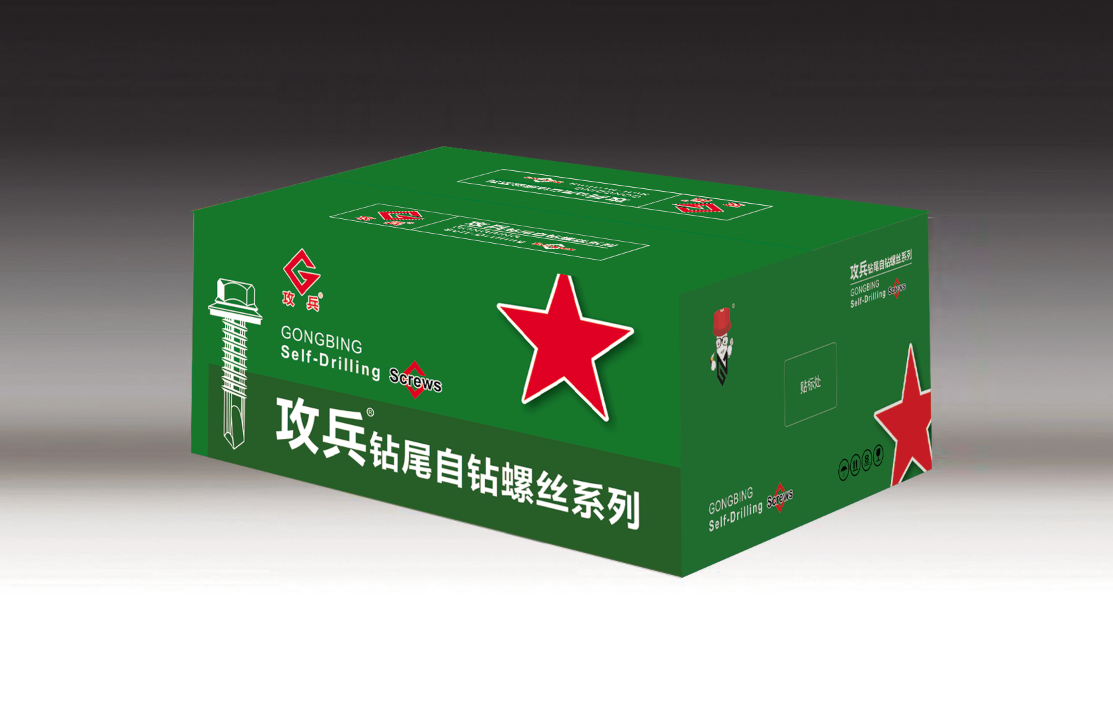Feb . 18, 2025 02:50
Back to list
DIN Standard Good Quality Steel Material Chemical Anchor Bolt From Direct Factory Fob Referenc
Chemical wall anchors, a robust solution for securely affixing structures, have evolved into an indispensable tool in the construction and renovation industries. Their unparalleled bonding capabilities make them a superior choice for a multitude of projects, rendering traditional anchoring methods obsolete in many applications. This comprehensive guide delves into the nuances of chemical wall anchors, providing insights drawn from extensive experience, professional expertise, and a thorough review of current authoritative resources.
The mixing and injection of the chemical components demand a meticulous approach. Modern cartridges often come with a static mixer that ensures thorough blending of the resin and hardener. It is essential that this blend is uniform to guarantee consistent curing and bonding strength. Injecting the mixture evenly into the hole before inserting the anchor ensures that air bubbles do not compromise the integrity of the bond. Trust in chemical wall anchors is further established by rigorous testing and compliance with international standards. Reputable manufacturers subject their products to strict quality controls and independent certifications, including assessments by organizations such as the International Code Council Evaluation Service (ICC-ES). These assessments confirm that the anchors meet or exceed the necessary safety and performance standards, providing professionals and end-users with confidence in their durability and reliability. The longevity and performance of chemical wall anchors are contingent not only on their inherent quality but also on adherence to manufacturer guidelines. Environmental considerations, such as exposure to UV light and variations in temperature, can affect the curing process and the long-term stability of the anchor. Professionals must remain informed on the latest product developments and installation techniques to maximize the anchors' effectiveness. In conclusion, chemical wall anchors represent a fusion of advanced material science and engineering expertise, providing unparalleled solutions in structural anchoring. Their ability to deliver exceptional performance in challenging environments underlines their status as a preferred choice for discerning professionals. By aligning product selection with specific project requirements and adhering to best practices in installation, one can harness the full potential of these sophisticated anchoring systems, ensuring safety and stability in every application.


The mixing and injection of the chemical components demand a meticulous approach. Modern cartridges often come with a static mixer that ensures thorough blending of the resin and hardener. It is essential that this blend is uniform to guarantee consistent curing and bonding strength. Injecting the mixture evenly into the hole before inserting the anchor ensures that air bubbles do not compromise the integrity of the bond. Trust in chemical wall anchors is further established by rigorous testing and compliance with international standards. Reputable manufacturers subject their products to strict quality controls and independent certifications, including assessments by organizations such as the International Code Council Evaluation Service (ICC-ES). These assessments confirm that the anchors meet or exceed the necessary safety and performance standards, providing professionals and end-users with confidence in their durability and reliability. The longevity and performance of chemical wall anchors are contingent not only on their inherent quality but also on adherence to manufacturer guidelines. Environmental considerations, such as exposure to UV light and variations in temperature, can affect the curing process and the long-term stability of the anchor. Professionals must remain informed on the latest product developments and installation techniques to maximize the anchors' effectiveness. In conclusion, chemical wall anchors represent a fusion of advanced material science and engineering expertise, providing unparalleled solutions in structural anchoring. Their ability to deliver exceptional performance in challenging environments underlines their status as a preferred choice for discerning professionals. By aligning product selection with specific project requirements and adhering to best practices in installation, one can harness the full potential of these sophisticated anchoring systems, ensuring safety and stability in every application.
Latest news
-
Weatherproof Plastic Expansion Anchors for OutdoorNewsJun.06,2025
-
Sustainability in the Supply Chain: Eco-Friendly TEK Screws ProductionNewsJun.06,2025
-
Load-Bearing Capacity of External Insulation FixingsNewsJun.06,2025
-
Double Head Bolts: Enhancing Efficiency in Industrial MachineryNewsJun.06,2025
-
Corrosion Resistance in Chipboard Screws: Coatings for Wholesale DurabilityNewsJun.06,2025
-
Butterfly Toggle Bolts : Enhancing Structural ResilienceNewsJun.06,2025
